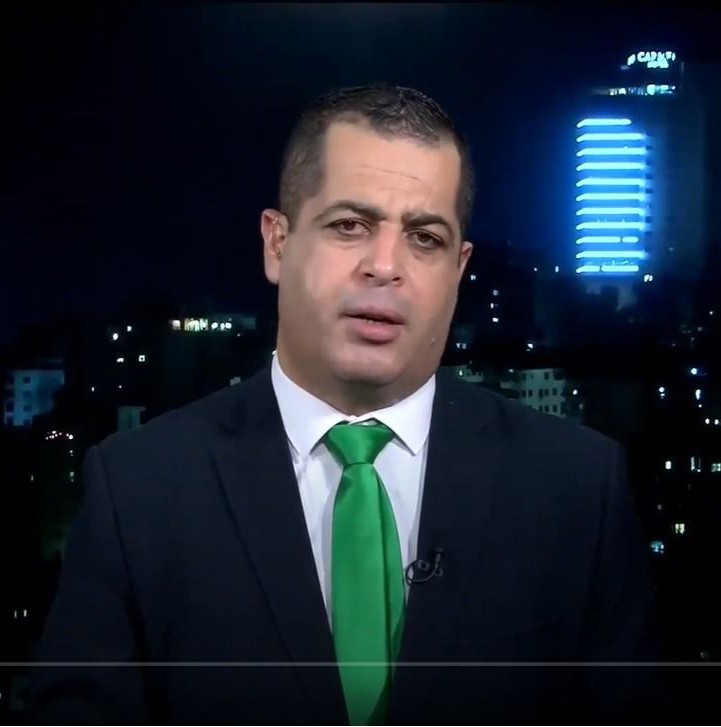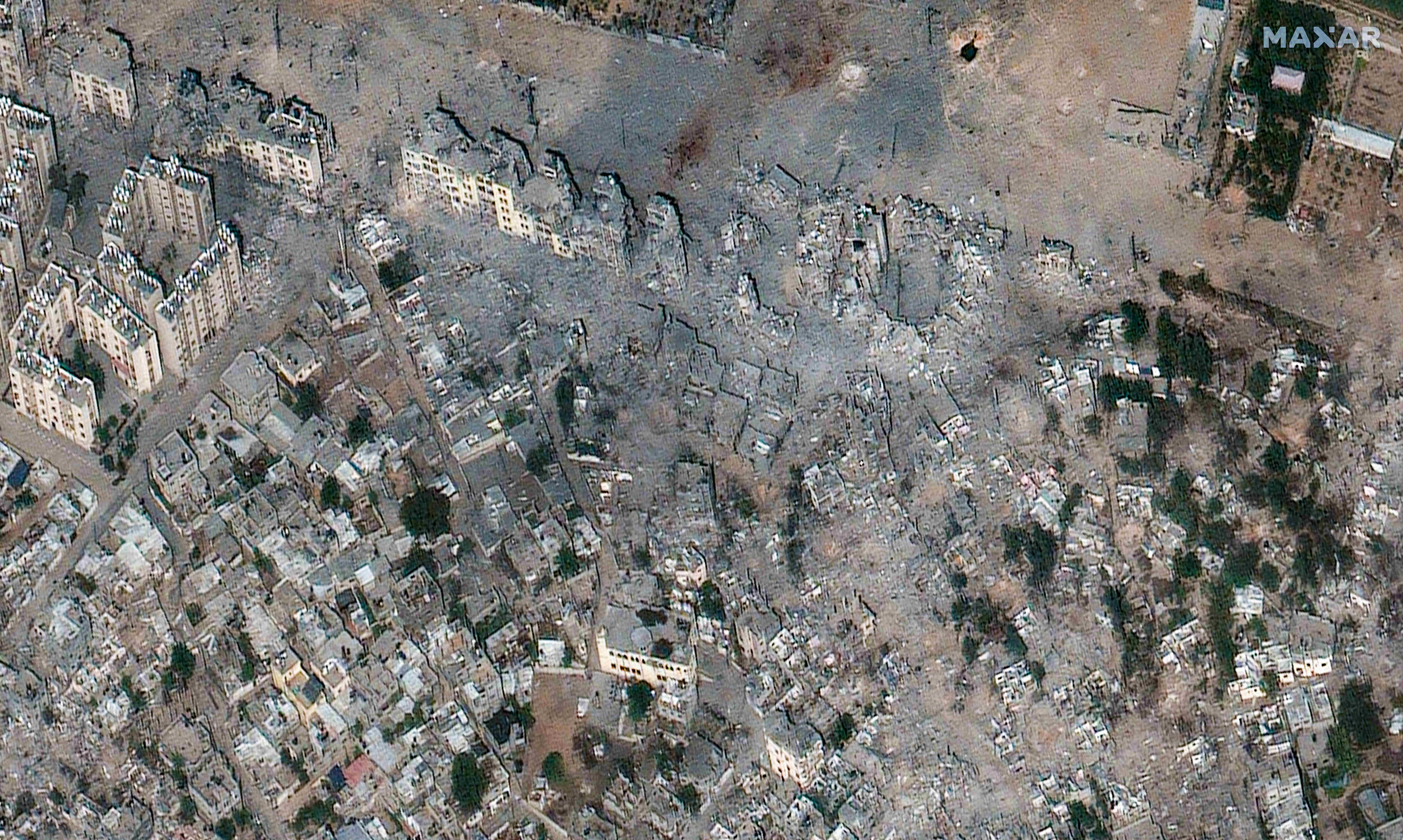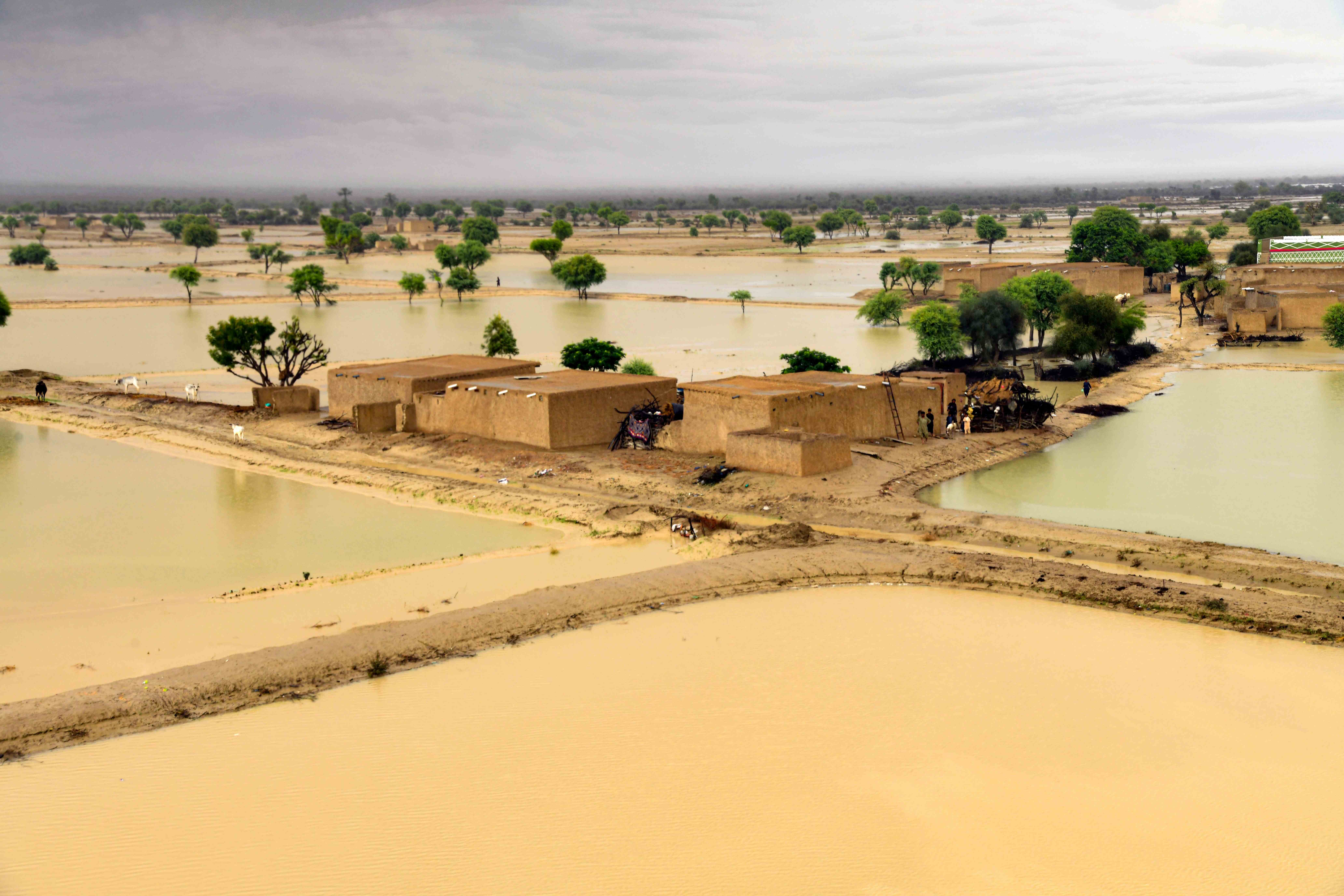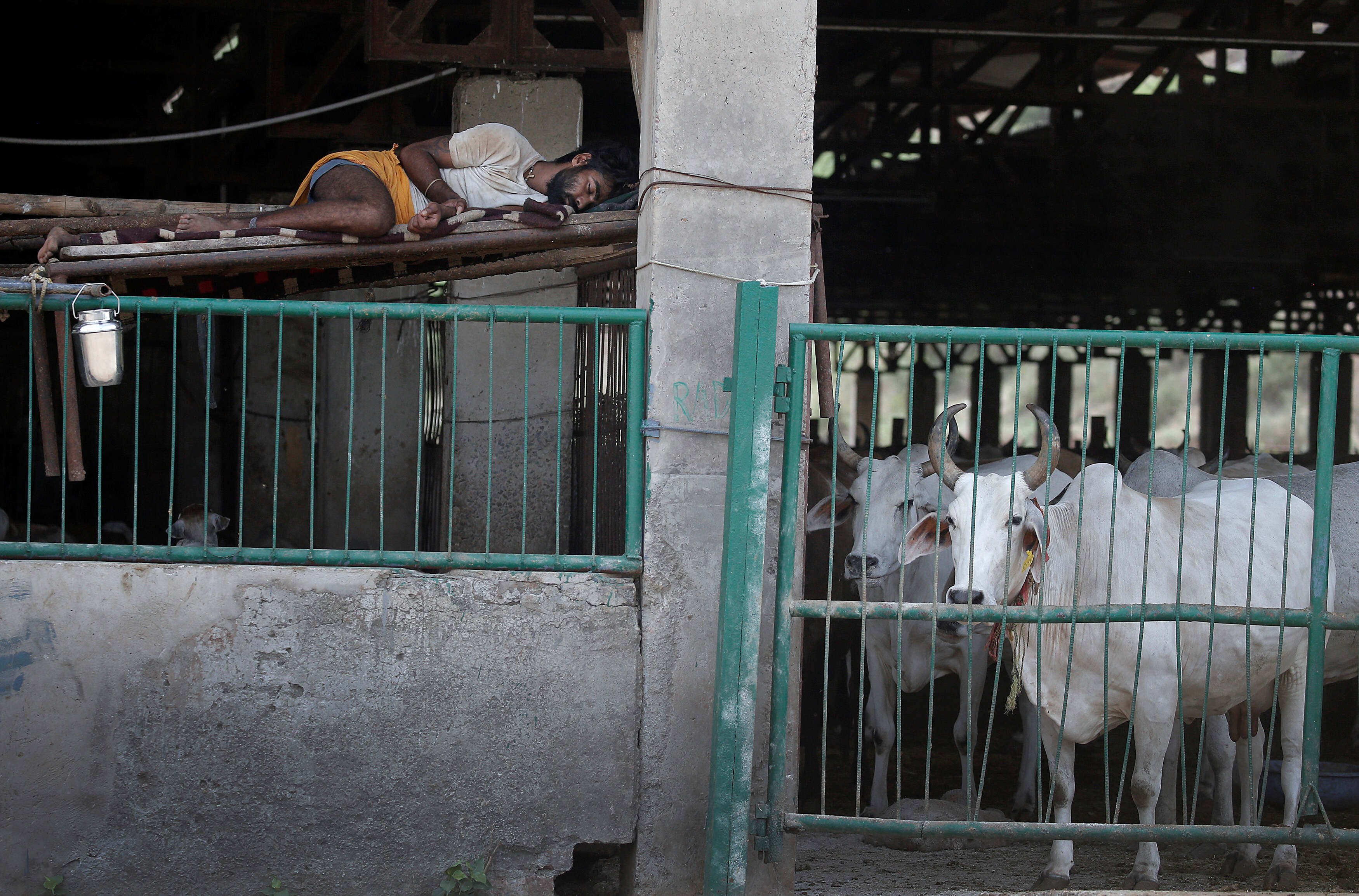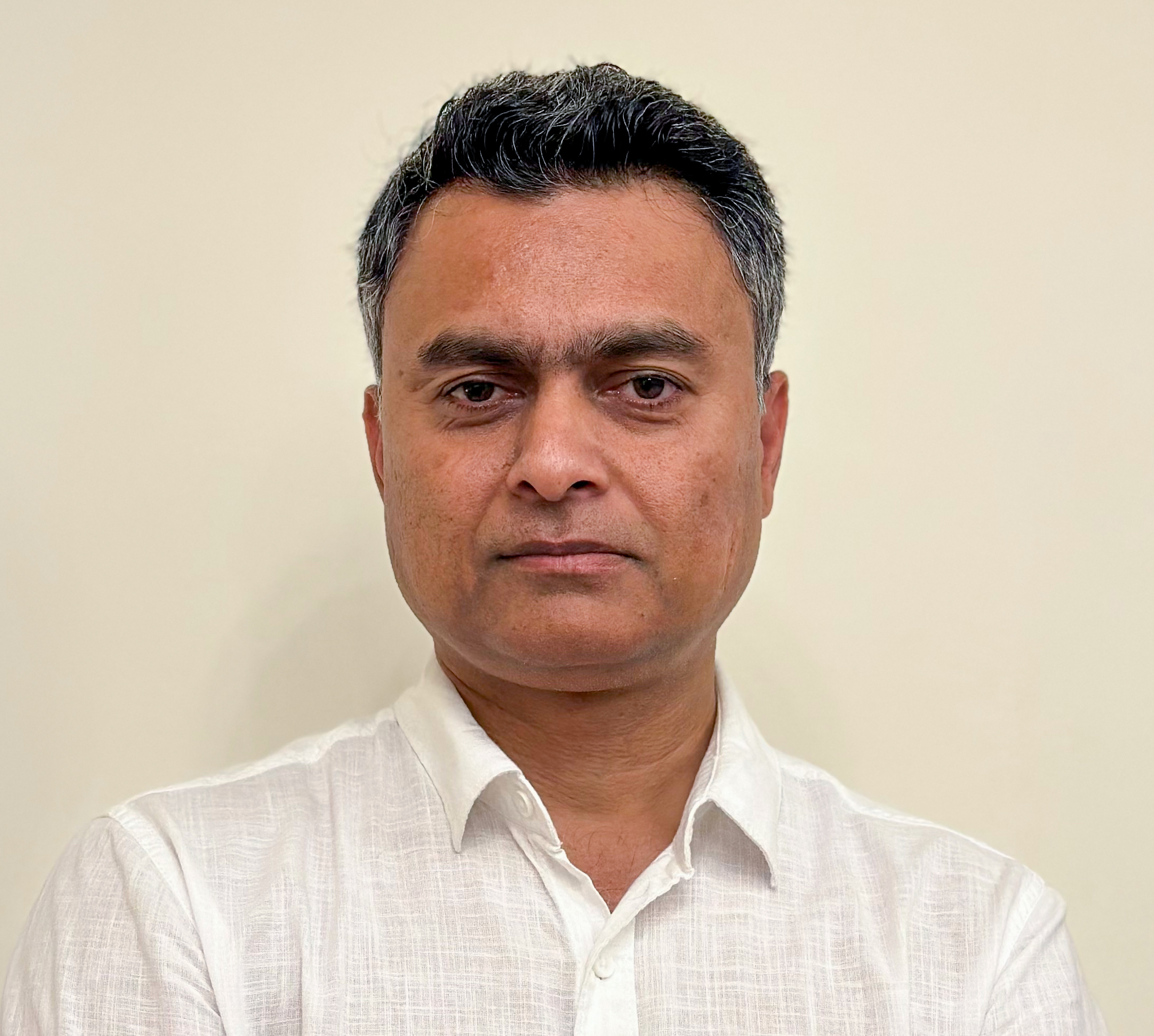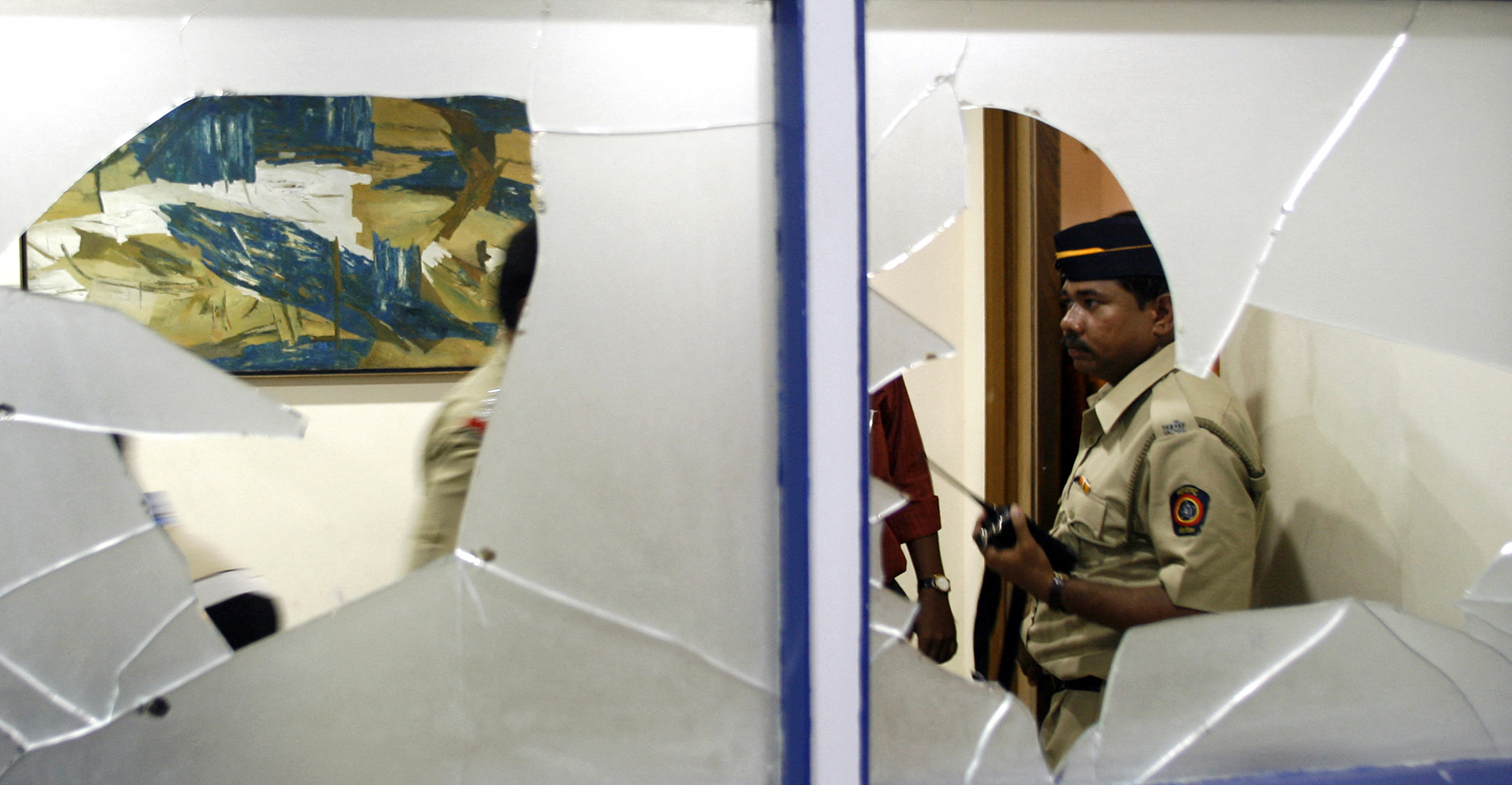In the third and final part of our special series of articles on data journalism, we look at how to work as a team and get started on a data-driven story
Starting your first data project will require assembling the right combination of journalists and technologists. This often involves breaking down organisational silos and working across departments. The first step will involve obtaining management’s buy-in to the project. From our own experience, the best way to achieve this is to speak with other teams about the kind of work that they do. Your goal should be to bridge the gap between editorial and technology.
Read more:
Part 1: What is data journalism?
Part 2: How to produce data-based stories
Bridging the gap between editorial and technology
Your goal should be to bridge the gap between editorial and technology. Here are the risks involved in focusing too much on a particular approach.
Technology/Design dominated
Taking a technology or design dominated approach may result in a fancy product but often at the expense of the story. It is recommended to experiment with various forms of designs and technology but always make sure that you’re delivering your story in the best way possible for your readers.
Editorial dominated
On the flip side, too much dependence on traditional editorial processes often results in unimaginative or very text-heavy stories. It is common for news organisations to start their data journalism journeys here. Continuously adopting new storytelling techniques will help develop your newsroom's culture of experimentation and creativity.
Ideal scenario
Ideally, your editorial, technology and design efforts should all be in balance. Everyone should be working towards delivering the best possible story using the techniques right for your audience.

Developing a successful team
We asked two veteran data journalists: What makes a successful data journalism team?
Bahia Halawi - Co-founder & Data Engineer at Data Aurora
Currently, data-driven journalism is still looked at as a luxury by the majority of newsrooms and media outlets in the Arab world. Most managers are more concerned with their online presence and content curation, ignoring the fact that riding the digital transformation will optimise these processes. I believe that this can be changed by working first on the data mindset and nurturing a tolerating environment to transform the working. It requires communicating with team leaders and hosting data evangelists to show different employees the power of becoming data-driven at all aspects. Also, we need more collaborative initiatives to break the ice between media practitioners and technologists. At the same time, journalists should tap into the open-source community to help develop the right Arabic language tools and platforms.
Alia Chughtai - Online Producer at AJLabs
Diversity is the key ingredient to make a successful data journalism team. Everyone needs to realise that combining different skill sets creates unique and interesting work. Data journalism can’t function in silos, it needs conversation, arguments, complete and utter failure and experimentation.
Typical team roles
Most successful data-journalism stories will involve a combination of different roles. This does not necessarily mean four different people. Often, you may have a journalist with design or development skills.
Tools and datasets
CASE STUDY: Broken Homes
Al Jazeera’s data and interactive journalism unit is known as @AJLabs. Formed in 2011 during the height of the Arab Spring, the team, which is based in the Doha headquarters, focuses on telling human stories behind data.
One of the team’s most widely circulated projects is Broken Homes, published in English, Arabic and Bosnian. Broken Homes is the most comprehensive project to date tracking home demolitions in Jerusalem, the eastern portion of which has been occupied militarily by Israel for over 50 years.
Working closely with the United Nations, Al Jazeera tracked every single home demolition in East Jerusalem in 2016. It turned out to be a record year, with 190 structures destroyed and more than 1,200 Palestinians displaced or affected. This project contextualises this data by revealing the human impact these demolitions have on the people living there. 360-degree photos and video testimonies were gathered from some of the major sites to allow readers to witness the remains of a demolished home. Our reporter on the ground travelled throughout East Jerusalem over the course of the year to speak with many of the affected families.
We decided to tackle this project after witnessing an escalation in violence between Israelis and Palestinians in late 2015. The goal was twofold: to see how Israel’s home demolitions policy would be affected by the increased tensions, but also to convey to readers that demolitions data is about more than just numbers. Each number represents a family, and each number tells a story. To provide geographical context to the story we decided to use a map to pinpoint the locations of each of the destroyed homes. At the end of each month we wrote a short commentary and produced an infographic to provide additional context.
Read the story here: http://aljazeera.com/brokenhomes












